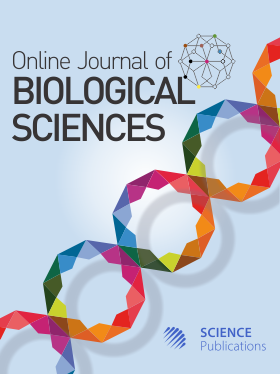Quantitative Analysis of Hypothalamic Proline-Rich Peptide-1 in Blood Serum of Patients with Malignant Tumors
- 1 Group of Histochemistry and Functional Morphology, Buniatian Institute of Biochemistry, Yerevan, Armenia
- 2 Department of Oncology, Mikaelyan Institute of Surgery, Yerevan, Armenia
- 3 Laboratory of Biomarkers and Biotesting, Dumansky Institute of Colloid and Water Chemistry, Kyiv, Ukraine
- 4 Department of Orthopedic Surgery, University of Miami, Miller School of Medicine, Miami, United States
Abstract
The proline-rich-peptides are a class of neurosecretory hypothalamic bioactive polypeptides derived from cattle and comprise the content of bovine posterior pituitary neurosecretory granules. These peptides are co-validated through a single precursor protein neurophysin-vasopressin-associated glycoprotein. Proline-Rich-Polypeptide-1 (PRP-1) is a 15-amino acid peptide with anti-neurodegenerative, immunoregulatory, hematopoietic, antimicrobial, and antitumor activity. The aim of this study, accordingly, is to elaborate an assay for the determination of PRP-1 and its defined amount in the blood samples from patients with breast, lung, stomach, and colonic cancer, as well as cancer of any type localized/circulated predominantly in genitourinary organs. Control for this experiment is the blood serum of normal healthy patients, which is compared to cancer patients' serum. We have employed an Enzyme-Linked Immunosorbent Assay (ELISA) using a polyclonal antibody directed against synthetic PRP-1 for this purpose and have analyzed blood serum diluted 1:1. The ELISA analysis has revealed no statistically significant differences in PRP-1 levels between the analyzed types of neoplasms, while a significant difference was observed when comparing all tumors with control serum. This work investigates the content of endogenous PRP-1 in patients who have received chemotherapy as treatment for different periods. Its decrease may be associated with the fact that the patients' blood was drawn almost a week after chemotherapy. The expected result of an increased level of PRP-1 observed in various pathologies is not detected, most likely due to the proteolytic breakdown of endogenous PRP-1 in two days after it enters the blood.
DOI: https://doi.org/10.3844/ojbsci.2025.844.851

- 66 Views
- 6 Downloads
- 0 Citations
Download
Keywords
- Proline-Rich-Polypeptide-1 (PRP-1)
- Breast Cancer
- Lung Cancer
- Gastrointestinal Cancer
- Genitourinary Cancer
